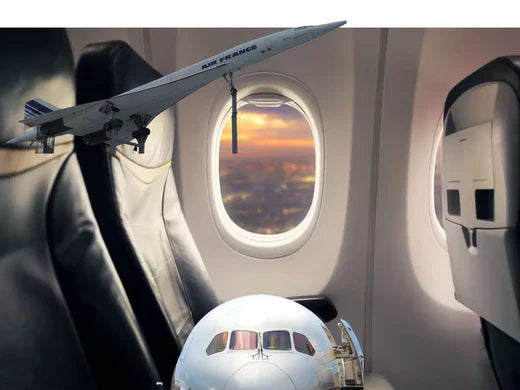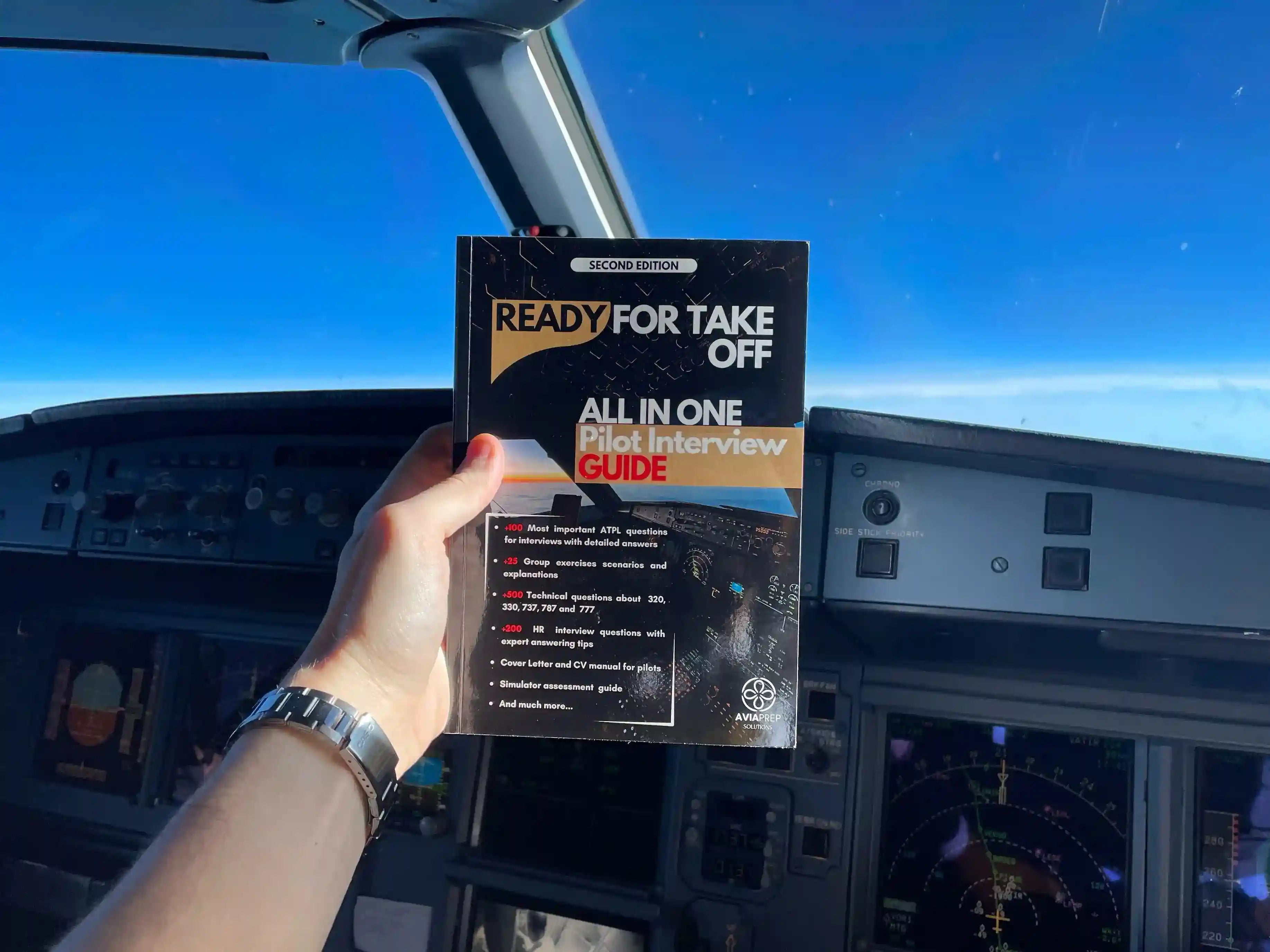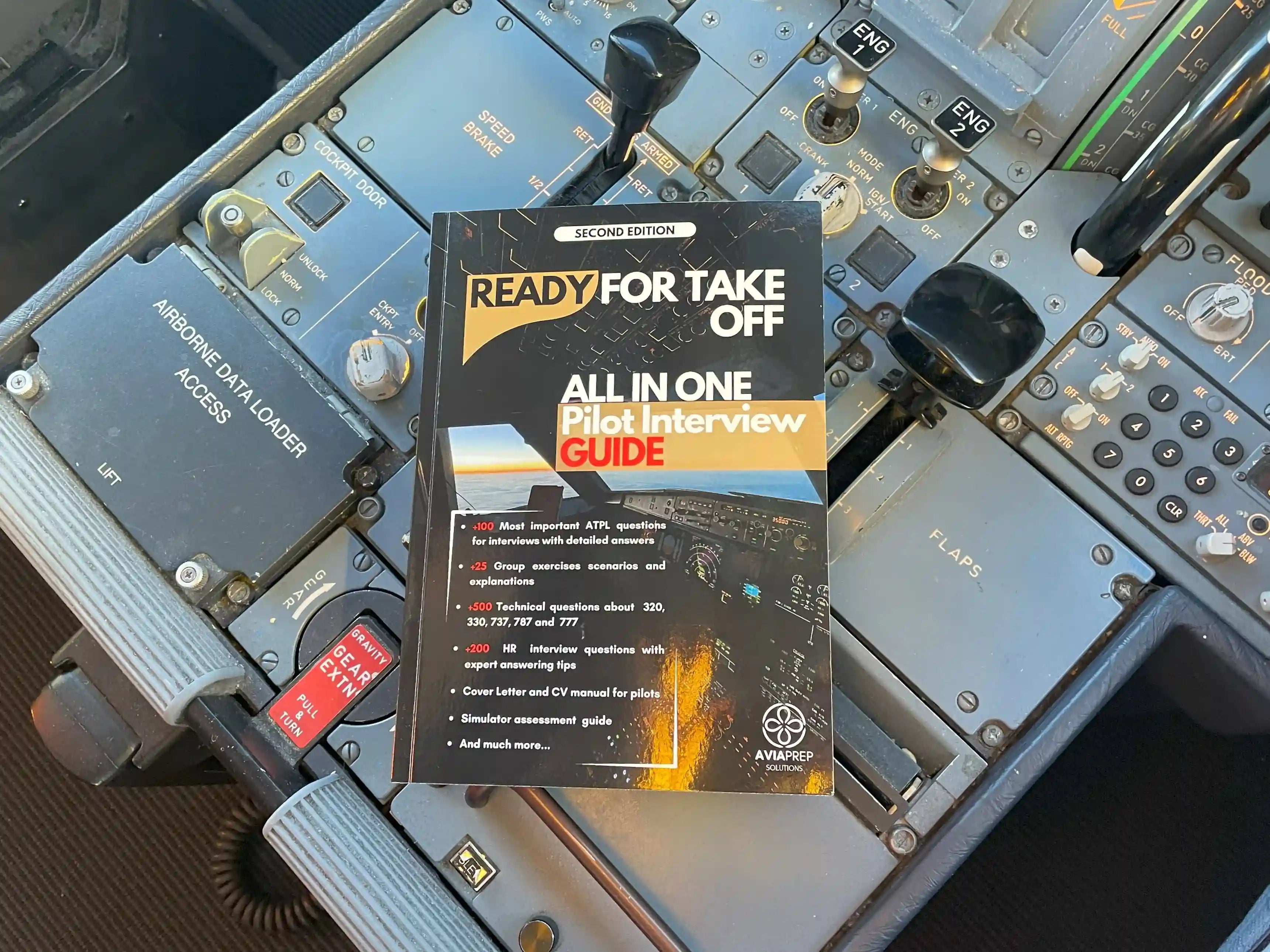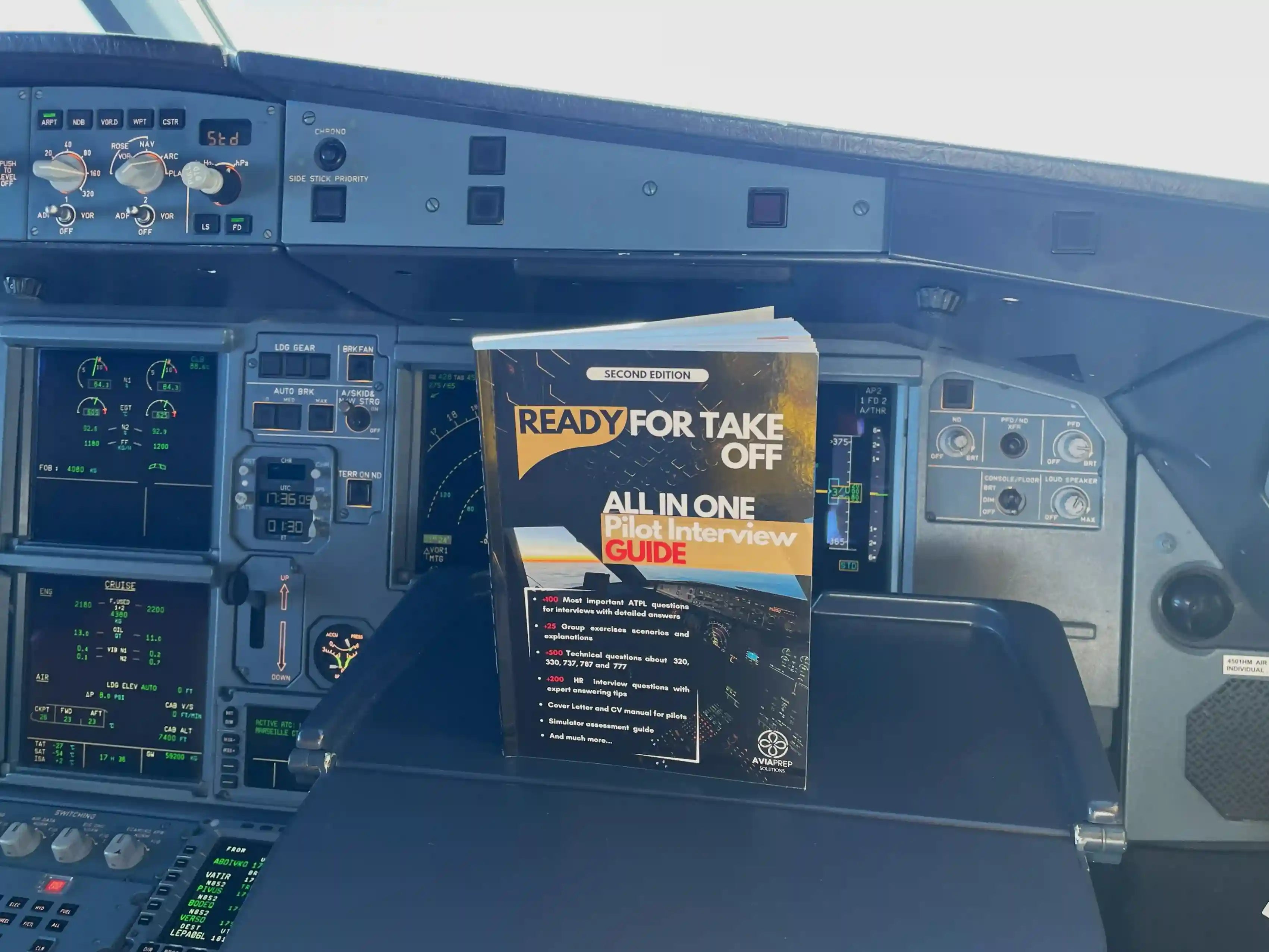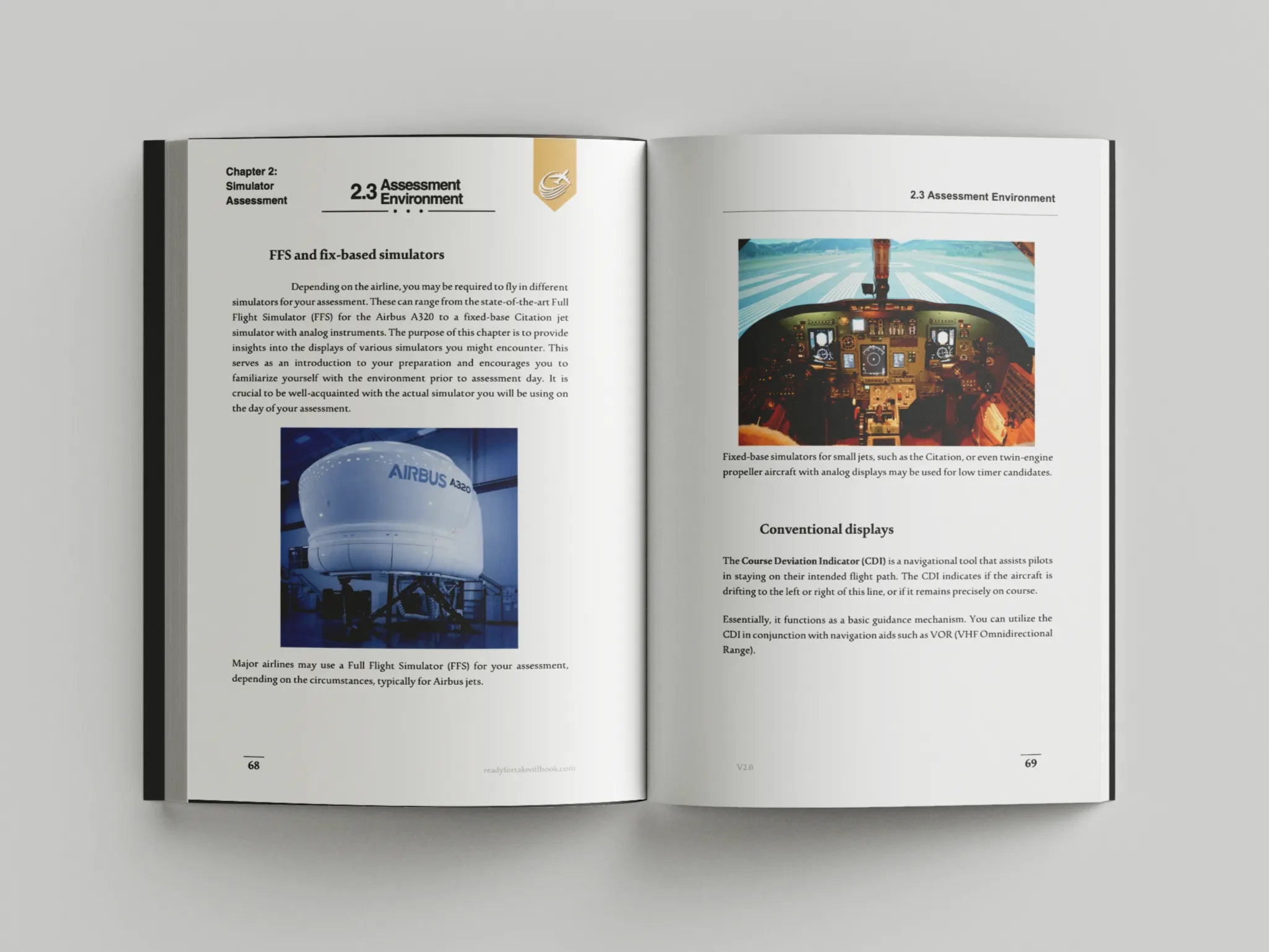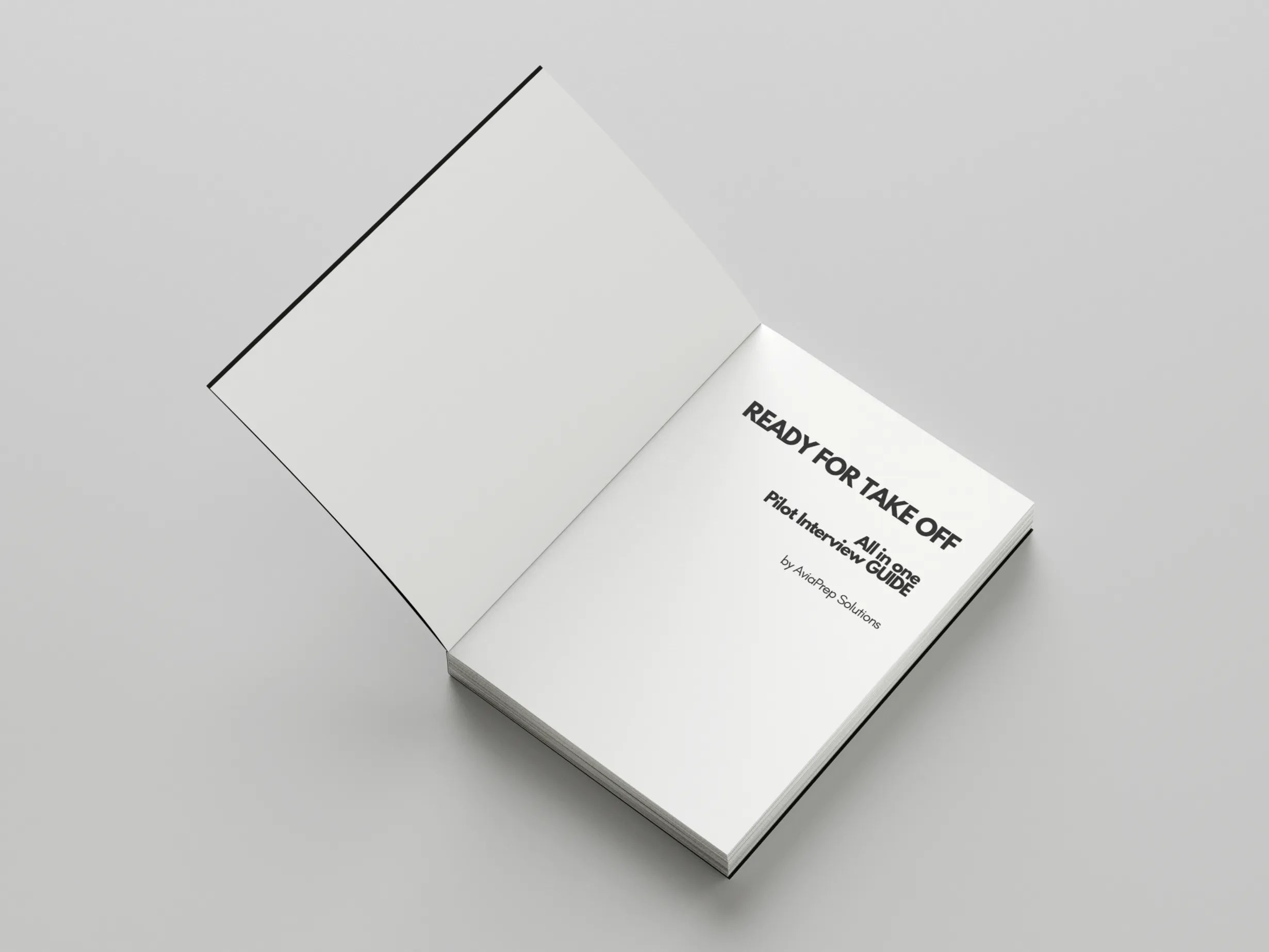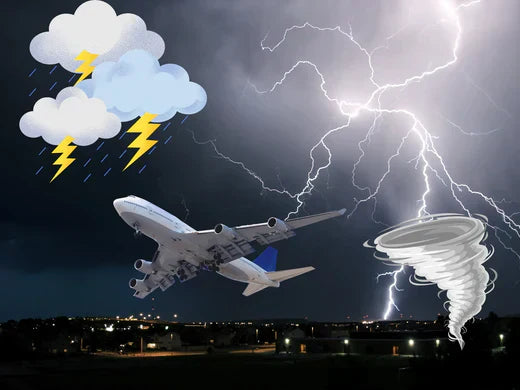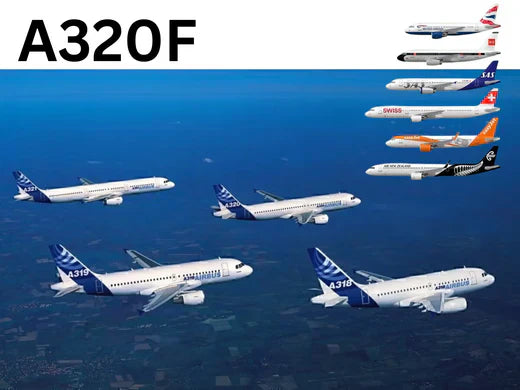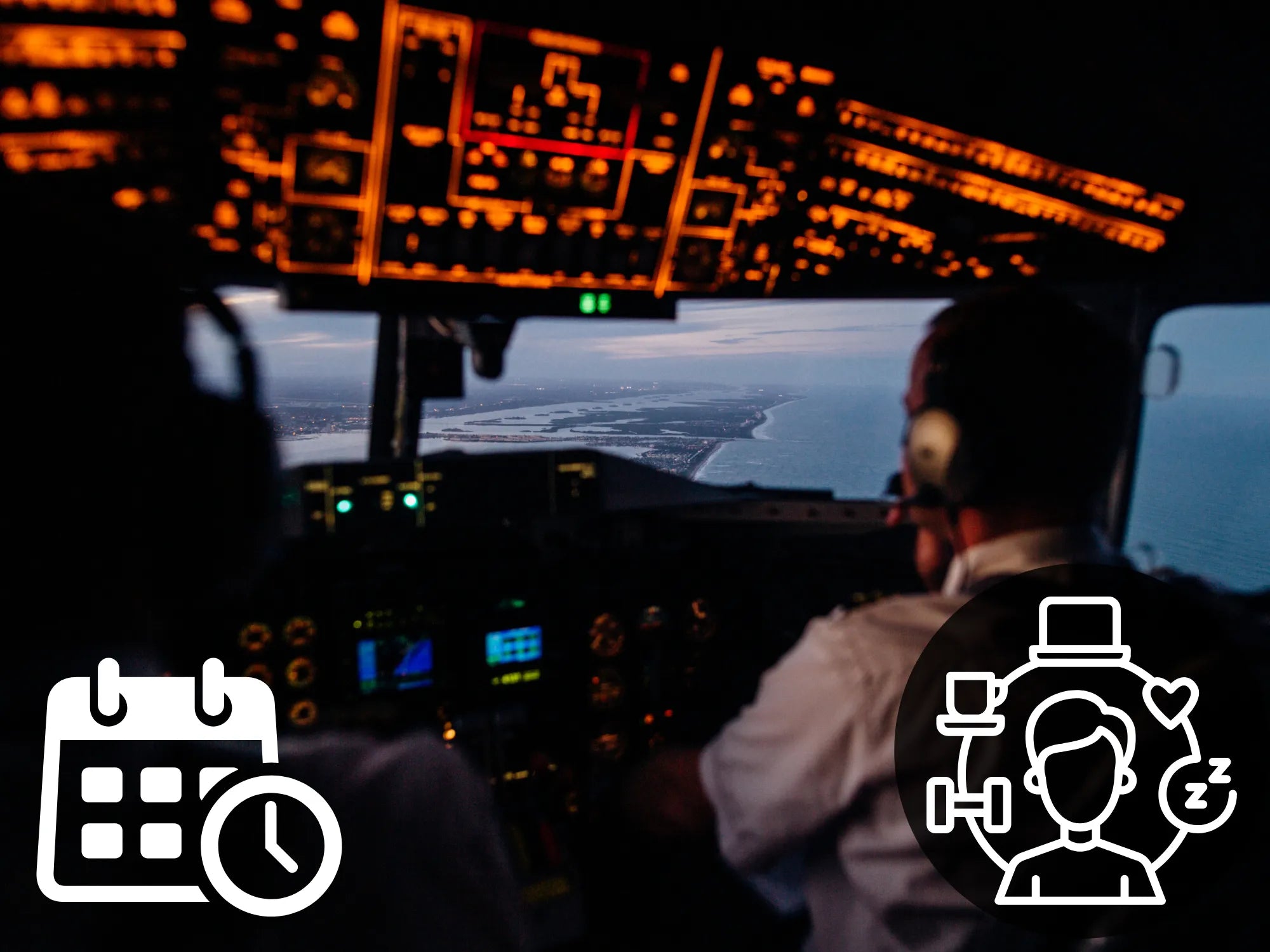What is the purpose of an aircraft window?
Almost every aspect of an aircraft is designed while keeping the safety of the passengers in mind, it is the case with aircraft windows. Most passengers want to have window seats, but they never think about the point of having them when you can't open them for fresh air and there's hardly much to view outside except during takeoff or landing.
One of the major reasons for having windows on an aircraft besides helping passengers deal with boredom, is to visually asse the danger outside in case of an emergency. You maybe already noticed that the flight attendant will put or ask you to put the window shades up during takeoff or landing. The reason is that accident/incident rates are high in these phases of flight. Having windows open lets the crew take all necessary precautions if any occurrence happens.
Evolution of aircraft window design
- Early Days (1920s-1930s): In the early days, aircraft windows had very basic glass panes with often simple openings. The pressurization or insulation was shown little concern as flights were relatively low altitude, of a short duration and the aircraft themselves were not pressurized.
- World War II Era: Aircraft windows got stronger, with thicker glass and more layers for greater structural integrity and safety. Military aircraft needed improved visibility and protection against enemy fire.
- Post-War Commercial Aviation (1940s-1950s): In commercial aviation, initially square windows were the standard. The engineers believed that having square windows would provide better structural integrity. However, this assumption proved incorrect when the two De Havilland DH 106 Comets crashed due to structural failure. The sharp edges of the square window generates stress, that results in metal fatigue and cracks. This led to the use of rounded windows, which better dispersed the load of pressurization and reduced the risk of cracking.
- Jet Age (1960s-1980s): Advancements in material science led to the adoption of stronger, more durable materials for aircraft windows, such as acrylic and polycarbonate, which could endure higher pressure variations and were less prone to scratching.
- Modern Era (1990s-Present): Modern aircraft windows are usually made from multiple layers of stretched acrylic rather than glass. This material is lightweight, strong, and can withstand high-pressure fluctuations during flight. The design contains elements like breather holes to equalize internal and exterior pressures and avoid condensation.

New technologies including Electronically Dimmable Windows and Smart Glass Technology are being used in modern aircraft. Electrochromic windows that can automatically darken or lighten to control the amount of light entering the cabin.

Difference between cockpit and passenger window
Cockpit windows are generally more durable and thicker than passenger windows. Cockpit windows are made of glass and stretched acrylic, a material that can withstand the extreme conditions of high-altitude flights. Cockpit windshields are likewise intended to survive bird strikes and are constructed with multiple layers of glass or plastic. Cockpit windshields also have a unique coating to the outermost layer to decrease sun glare. This coating may also have anti-icing qualities, which can help avoid ice formation on the windshield during cold weather operations.
Multi-layered Construction of Aircraft Windows
In modern aircraft the windows are made up of three panes:
- Outter Pane: This pane handles the high differential pressure and low outside temperature.
- Middle Pane: Serves as a fail-safe in case the outer pane is damaged.
- Inner Pane: It is closest to the passenger, which acts as a barrier to protect them.

Aircraft windows are made of high-performance materials such as acrylic and polycarbonate. These materials are lightweight yet extremely strong. Multi-layers of stretched acrylic plastic are able to survive severe impacts and harsh weather conditions. Cockpit windows are made of high-mechanical-strength glass that is chemically tempered. This kind of glass offers increased resilience to impacts and harsh conditions encountered during flight. It is usually coupled with layers of stretched acrylic to provide a strong window framework. Hydrophobic coatings that repel moisture and prevent fogging are also used on cockpit windshields to have clear sight for pilots.
The two structural panes are typically constructed of polymethyl-methacrylate and separated by an air gap. However, some cabin window designs have laminated structural panes. Designs with structural panes separated by an air gap often do not load the fail-safe pane until the main pane fails.
Testing of Glass
The windshield and window panels must bear maximum cabin pressure differential loads, as well as great aerodynamic pressure and temperature impacts. Engineers consider the following material properties while designing and testing the windows: notch sensitivity, fatigue, crazing, aging effects, corrosion, temperature, UV degradation, material stability, creep, and working life of the interlayer. Although conventional windshield and window panel materials have high fatigue resistance, their fatigue life is more variable than that of aircraft-quality metals. To prevent fatigue and stress crazing, constructors usually restrict the maximum operating stress level over the whole panel assembly while accounting for predicted variations.
Crazing affects both types of acrylics used in aircraft transparencies. Crazing is a network of small cracks that stretch over the surface of a plastic sheet (not limited to acrylic materials) and are difficult to detect. Fine cracks are perpendicular to the surface, thin, and often less than 0.025mm (.001 inches) deep. Applying anti-crazing coatings can help reduce the condition. These coatings can seal tiny fractures and improve the longevity of the window surface.
Managing the pressure
Aircraft cabins are pressurized to 11-12 psi when they cruise above 10,000 feet, while outside air pressure just might be 4-5 psi. This pressure difference causes stress on the windows and ultimately causes structural damage on repeated pressurization cycles. The round shape of the aircraft windows distributes the stress equally on the whole panel and also withstands deformation better.
The small holes in the inner panel allow some cabin air to escape into the pocket between the inner and outer panes and equalize the pressure. This compels the outer pane to carry the entire load. The small holes are designed to slowly equalize the pressure as the aircraft gradually ascends.
Maintenance and inspection of aircraft window
Proper maintenance and inspection of aircraft windows are essential for safety, visibility, and compliance with aviation regulations. For the cleaning, a soft cloth or sponge is usually used to apply detergent and water in a circular motion. Technicians avoid using ammonia-based cleaners as they can damage the window materials.
Inspection are done from both sides using a high-intensity light source to find out any scratches, cracks, or crazing. They use an ultrasonic thickness gauge to precisely measure window thickness, since many aircraft windows are laminated with particular thickness specifications for each ply.
Passenger Experience
A survey was conducted by the Upgraded Points on the Boeing 737-800 seat map to find the most desirable seat on the aircraft. From the responses of 3,142 passengers, two-thirds (66.6%) of passengers prefer a window seat, while 31.7% prefer an aisle seat and 1.7% prefer a middle seat. Participants with window views reported higher levels of good emotions (e.g., happiness, satisfaction) and lower levels of negative emotions (e.g., melancholy, loneliness) than those without views. Exposure to natural views helps to reduce stress and anxiety, giving a sense of peace and relaxation.
Passengers who are afraid of flying or have claustrophobia would like to have window seats to make the flight comfortable. Aircrew provide special attention to these passenger to avoid emergency medical attention in the form of panic attack.
Concorde’s Small Windows and Their Purpose
The Concorde, noted for its supersonic speed, has very small windows. The smaller windows helped to retain the fuselage's strength under the high pressures around the frame due to the very high speed of the aircraft. Furthermore, the limited window size decreased weight and ensured that the windows could withstand the severe temperatures created during supersonic flight, which might reach up to 600 degrees Fahrenheit on the aircraft's surface.

Future Trends in Aircraft Window
The future of aircraft windows could be drastically different from what we know with a possible shift toward windowless designs and advanced smart window technologies.
Many experts believe that future passenger aircraft will eliminate traditional windows entirely. The concept behind this design aircraft is to reduce weight, enhance fuel economy, and thus reduce pollution. Removing windows allows for a lighter fuselage, which can lead to significant reductions in fuel consumption, approximately 0.75 % for every 1% reduction in weight.
Instead of actual windows, the aircraft would have high-resolution LED panels that show real-time images recorded by external cameras. This configuration offers panoramic views and customizable visual experiences with interactive touch displays.
Parallel to the windowless trend, smart glass technologies are revolutionizing standard aircraft windows. Modern aircraft, like the Boeing 787, use electrochromic technology, allowing passengers to electrically modify window transparency without the need for physical shades. The windowless design would present safety concerns, especially during emergency evacuations and might hinder situational awareness for flight attendants.

FAQ
1. What Are Aircraft Windows Made Of?
- Cabin windows are often composed of numerous layers of stretched acrylic plastic.
- Cockpit windows are often made from strong materials like poly carbonate or laminated glass.
2. Why Are There Tiny Holes in Airplane Windows?
They allow air to move between the window's layers, which helps to equalize pressure and avoid fogging. They allow moisture trapped between layers to escape, lowering condensation danger.
3. What Happens if an Aircraft Window Is Damaged?
Aircraft window are made up of 3 layers so it wont easily get broken, if you see any glass crack or broken immediately report the flight attendant.



